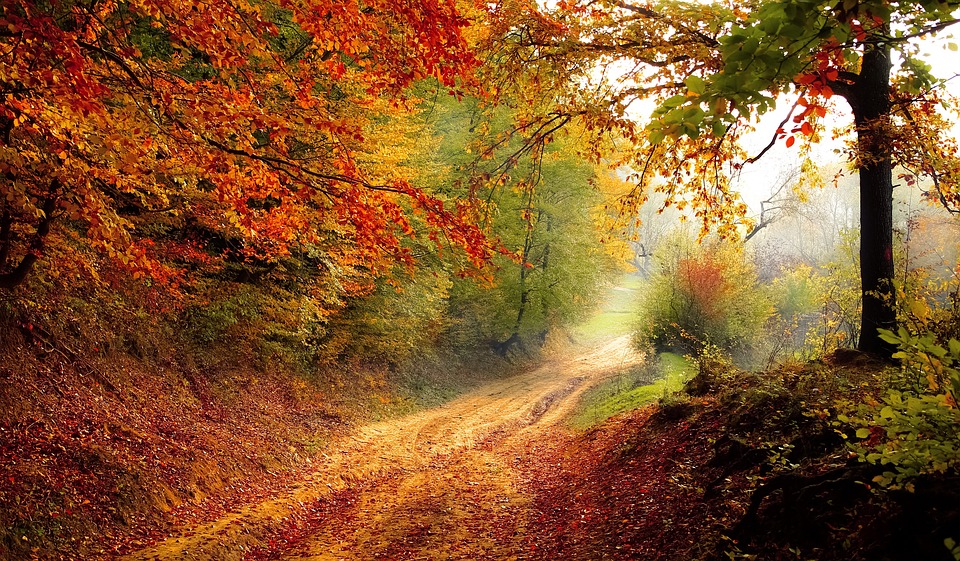Introduction
One of the keys to a successful garden is knowing what to plant when. Different plants thrive in different seasons, so it’s important to plan your planting schedule accordingly. In this ultimate guide, we’ll break down what to plant during each season to help you maximize your garden’s potential.
Spring Planting
Spring is a time of renewal and growth, making it the perfect season to start planting your garden. Some vegetables and herbs that do well when planted in the spring include tomatoes, peppers, cucumbers, basil, and mint. These plants thrive in the warmer temperatures and longer daylight hours that come with spring, allowing them to grow strong and healthy.
Tomatoes
Tomatoes are a staple in many gardens, and for good reason. They are relatively easy to grow and produce a bountiful harvest when cared for properly. Plant tomatoes in well-drained soil and provide plenty of sunlight for them to thrive.
Peppers
Peppers come in a variety of colors and flavors, making them a versatile addition to any garden. Plant peppers in nutrient-rich soil and water them regularly to ensure healthy growth. They also benefit from mulching to retain moisture in the soil.
Summer Planting
Summer is the season of abundance, with many fruits and vegetables thriving in the warm weather. Some plants to consider planting in the summer include corn, beans, squash, and melons. These plants require plenty of sunlight and water to grow, making them ideal for the summer months.
Corn
Corn is a classic summer crop that can be grown in your garden with a little care and attention. Plant corn in blocks rather than rows to promote pollination, and make sure to water it regularly to prevent the stalks from drying out.
Beans
Beans are a great addition to your summer garden, as they are easy to grow and provide a nutritious harvest. Plant beans in well-drained soil and provide them with a trellis or support structure to help them grow vertically.
Fall Planting
As the days grow shorter and the temperatures cool down, it’s time to start thinking about your fall garden. Some plants that do well when planted in the fall include carrots, beets, spinach, and lettuce. These cool-weather crops can withstand the lower temperatures of fall and continue to produce well into the season.
Carrots
Carrots are a staple in many fall gardens, as they are easy to grow and provide a healthy and delicious harvest. Plant carrots in well-drained soil and thin them out as they grow to prevent overcrowding.
Lettuce
Lettuce is a versatile crop that can be grown in the fall for a continuous harvest. Plant lettuce in nutrient-rich soil and water it regularly to keep the leaves crisp and fresh. Harvest lettuce leaves as needed for salads and other dishes.
Winter Planting
While winter may not seem like the ideal time for planting, there are still some crops that can thrive in the cooler temperatures. Some plants to consider planting in the winter include kale, broccoli, cabbage, and Brussels sprouts. These cold-weather crops can withstand frost and snow, making them perfect for winter gardening.
Kale
Kale is a nutrient-packed leafy green that can be grown throughout the winter months. Plant kale in well-drained soil and provide it with plenty of sunlight to encourage healthy growth. Harvest kale leaves as needed for soups, salads, and smoothies.
Broccoli
Broccoli is a cold-weather crop that can thrive in the winter garden. Plant broccoli in nutrient-rich soil and provide it with regular water to ensure healthy head development. Harvest broccoli heads when they are firm and tight for the best flavor.
Conclusion
By following this ultimate guide to seasonal planting, you can ensure that your garden is productive and thriving throughout the year. With careful planning and attention to each plant’s specific needs, you can enjoy a bountiful harvest of fresh fruits and vegetables no matter the season.



